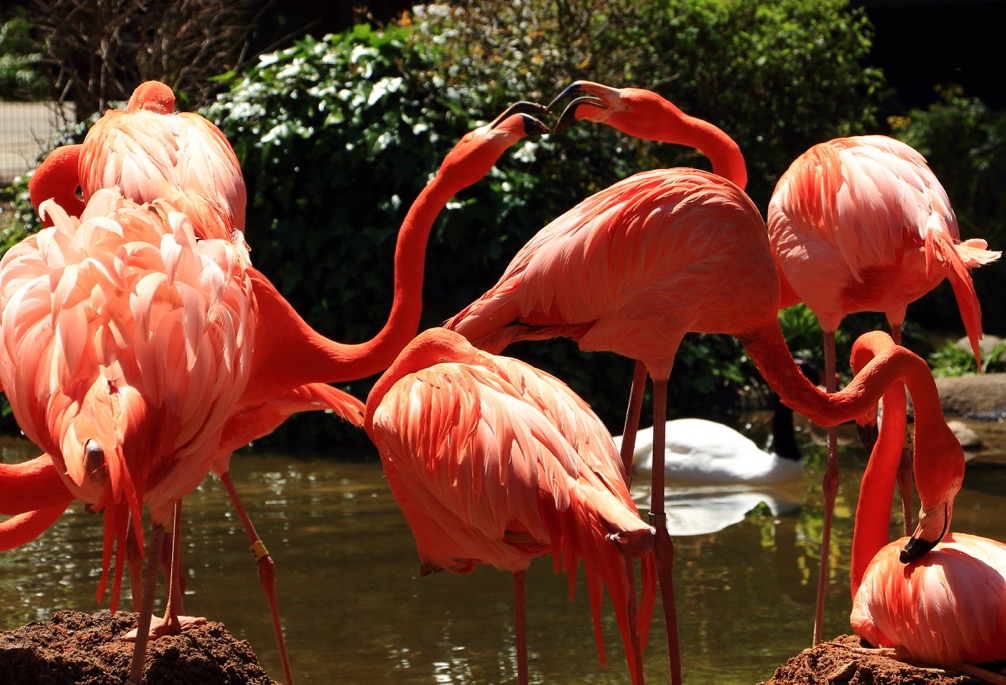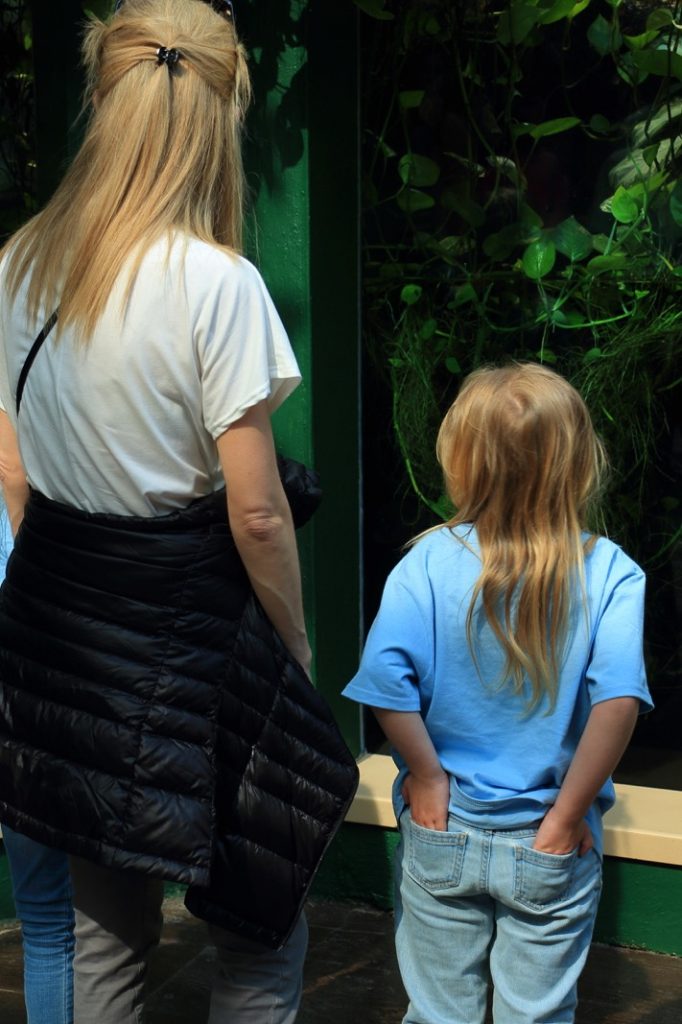Two Zoos With Civil War Connections
April 26, 2019By Tom Poland
I’ve only been to two zoos, Riverbanks, here in Columbia and the one in Atlanta. I barely remember Zoo Atlanta, but I recall the Cyclorama and its Battle of Atlanta scenes. My parents took me to both the same day. I can still see throngs of blue-clad Union soldiers storming Atlanta’s railroad tracks.
Last week I met a busload of first graders from Lincolnton at the Riverbanks Zoo & Garden. We did the usual things. Watch the animals and decide what to see next. I like the zoo because you can travel the world in a matter of hours. Like Ernest Hemingway on safari, you see zebras, tigers, and giraffes. Like the star-crossed Sir Ernest Shackleton, you can watch penguins tunneling through frigid water. Like the ill-fated Dian Fossey you can study gorillas as they laze on grass only to burst up a hill with lightning quickness. Much to see and do. You don’t want to miss looking eye to eye with an eastern diamondback rattler.

Photo: While standing on one leg flamingoes never stop moving their necks
We toured the zoo seeing as much as we could. Flamingoes, grizzly bears, elephants, marsupials, and seals, which never disappoint with their swift swimming and silky smooth leaps onto dry land. My great niece, Harper, liked the flamingoes and penguins a lot but not being able to feed the giraffes lettuce disappointed her. She dutifully stood in a long line with money for lettuce. Well, you have to use a special zoo currency sold at a nearby station. No time left to stand in line again as the kids only had a few hours and Riverbanks is big, so big a river runs through it. The Saluda River breaks into riffles as it courses over land around large rocks and you’ll see whitewater that, for me, always bring the Chattooga to mind.

This zoo along riverbanks attracts people from all over. While looking at animals, you can read educational graphics about them. Consider this tidbit about Australia’s red kangaroo: “Quick fact: Australia’s largest marsupial, an adult male red kangaroo can weigh as much as 200 pounds and grow to be 5 feet tall—but at birth the red kangaroo is not much larger than a jelly bean!”
Photo: Benton and Harper Cunningham check out alligators and piranha
Yes, we saw marsupials. What we didn’t see is the zoo’s Civil War connection. To do that you have to cross the Saluda and enter the botanical garden to see the ruins of the old Saluda River Factory, constructed of granite around 1830. Disaster struck when Union troops set it ablaze during Sherman’s occupation of Columbia. The night before Columbia burned, Sherman and his troops pitched camp just above the factory. Their assault on the city began there February 17, 1865. Look for a big boulder, “Sherman’s Rock,” along the Garden’s Woodland Walk and look for the old factory’s beautiful granite arch that stands still.
The next time you visit Riverbanks, stop, say, in front of the elephant exhibit and imagine Union soldiers charging right at you. They crossed the Saluda here on their way into Columbia.
I hope my great niece, Harper, and her fellow students long remember their trip to Riverbanks. When they’re older, I’d like for them to come back and see the zoo’s other side where ruins of the old factory stand.
Two zoos with nearby evidence of the Civil War. It’s a strange connection but a memorable one.
Visit Tom Poland’s website at www.tompoland.net
Email Tom about most anything. [email protected]
Tom’s work appears in magazines and newspapers throughout the South. His books include South Carolina Country Roads, Classic Carolina Road Trips From Columbia, Georgialina, A Southland, As We Knew It, and Reflections of South Carolina, Vol. II. He’s the editor of Shrimp, Collards & Grits, a Lowcountry lifestyle magazine. He writes a column about the South, its people, traditions, lifestyle, and culture. A member of the SC Humanities Speaker’s Bureau, he frequently gives book-based talks. Governor Henry McMaster conferred the Order of the Palmetto upon Tom saying, “His work is exceptional to the state.” Tom grew up in Lincoln County, Georgia, and graduated from the University of Georgia. He lives in Columbia, South Carolina where he writes about “Georgialina”—his name for eastern Georgia and South Carolina.



















